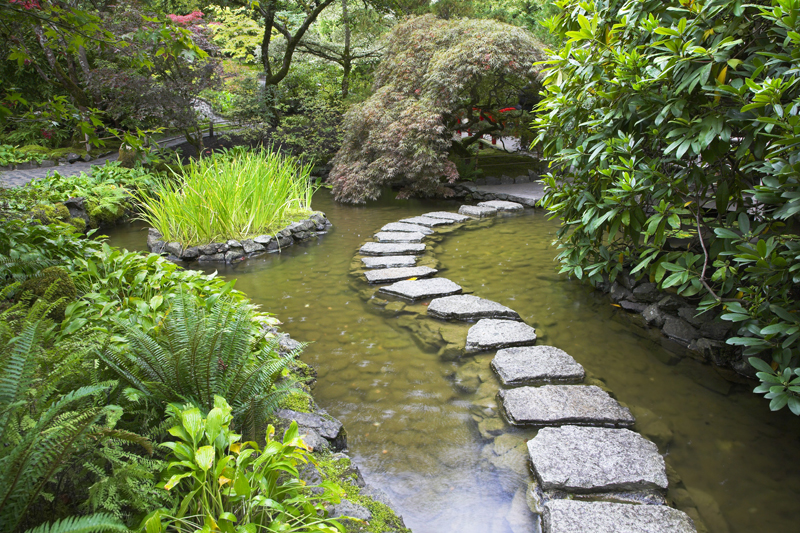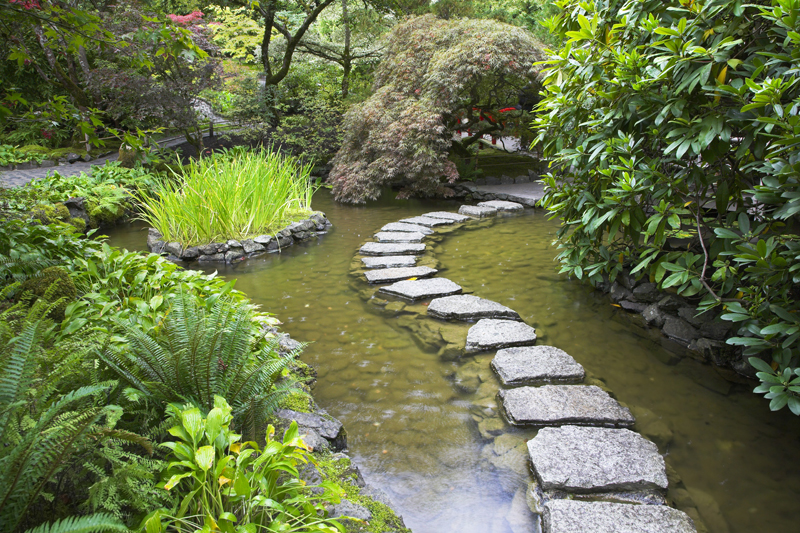White Spruce

White spruce is also known as Colorado spruce. Quite hardy, this native does well in zones 2 through 6. It is grown in many areas of the country.
Native to cold areas, this tree is often used for shelterbelts, windbreaks, and screens in cold areas because the wood is resistant to breaking.
The long lived tree is native to the Rocky Mountains, northern U.S., and Canada. The plant is widely grown in the Northern Plains.
This native grows on mountain slopes, in forests, and along the edges of bogs and waterways. It can withstand dry conditions and heat better than other spruce species.
Description of White Spruce
Shaped like a narrow cone, white spruce is a dense pyramidal plant when young. As the tree ages it becomes columnar. For best results, grow this as a single leader.
The white spruce is a stiffly branched tree and is particularly lovely. It has layers of branches that form whorls.
White spruce is usually 40 to 60 feet in height with a spread of 10 to 20 feet under good growing conditions. It has a moderate growth rate.
The tree has ascending branches, pendulous twigs and drooping branchlets. Older trees tend to lose their lower branches.
With age, the tree can assume a ragged appearance.
The needles, ¾ inch long, are greenish-blue to blue-green. These needles have a rather unpleasant aroma when crushed. They completely cover the branches, which is why it is such an effective plant for windbreaks and shelterbelts.
The cylindrical cones are 1½ to 2 inches long. These drop in the winter.
Growing White Spruce
Generally, it is best to avoid growing grass around this tree as doing so robs the plant of much needed nutrient and water.
Deer usually ignore this tree. Full sun is best for this native. However, it can tolerate some part shade.
Once this tree becomes established, it is really tough. The plant can withstand, cold, heat, wind, and very moist soils as well as drought. It also has some salt tolerance.
When it is newly transplanted, white spruce can experience root rot if it is planted in constantly wet soils. It is okay if the spot is occasionally wet.
White spruce requires very little pruning. With some exceptions, it is mostly resistant to pests and diseases. The most common problems are bagworms, mites, and aphids.
Many cultivars of this tree are available with their growth habit and size varying widely. Those forms with blue needles are quite popular. There is also a weeping form that can take heavy snow loads because the snow just falls right off the branches.
The dwarf forms of this spruce are especially popular. One dwarf that is widely grown in many areas of the country is called dwarf Alberta spruce. It is small enough to grow in large containers for many years. I have used this as a living Christmas tree, and brought the container in for a few days at Christmas.
Dwarf Alberta spruce has soft, greenish-gray needles. This very compact, pyramidal form is only 6 to 8 feet or so in height. The plant needs protection from reflected sunlight.
Black Hills spruce is another dwarf white spruce with a very slow growth rate. When mature, it is only 20 feet or so tall and half as wide.
Native to cold areas, this tree is often used for shelterbelts, windbreaks, and screens in cold areas because the wood is resistant to breaking.
The long lived tree is native to the Rocky Mountains, northern U.S., and Canada. The plant is widely grown in the Northern Plains.
This native grows on mountain slopes, in forests, and along the edges of bogs and waterways. It can withstand dry conditions and heat better than other spruce species.
Description of White Spruce
Shaped like a narrow cone, white spruce is a dense pyramidal plant when young. As the tree ages it becomes columnar. For best results, grow this as a single leader.
The white spruce is a stiffly branched tree and is particularly lovely. It has layers of branches that form whorls.
White spruce is usually 40 to 60 feet in height with a spread of 10 to 20 feet under good growing conditions. It has a moderate growth rate.
The tree has ascending branches, pendulous twigs and drooping branchlets. Older trees tend to lose their lower branches.
With age, the tree can assume a ragged appearance.
The needles, ¾ inch long, are greenish-blue to blue-green. These needles have a rather unpleasant aroma when crushed. They completely cover the branches, which is why it is such an effective plant for windbreaks and shelterbelts.
The cylindrical cones are 1½ to 2 inches long. These drop in the winter.
Growing White Spruce
Generally, it is best to avoid growing grass around this tree as doing so robs the plant of much needed nutrient and water.
Deer usually ignore this tree. Full sun is best for this native. However, it can tolerate some part shade.
Once this tree becomes established, it is really tough. The plant can withstand, cold, heat, wind, and very moist soils as well as drought. It also has some salt tolerance.
When it is newly transplanted, white spruce can experience root rot if it is planted in constantly wet soils. It is okay if the spot is occasionally wet.
White spruce requires very little pruning. With some exceptions, it is mostly resistant to pests and diseases. The most common problems are bagworms, mites, and aphids.
Many cultivars of this tree are available with their growth habit and size varying widely. Those forms with blue needles are quite popular. There is also a weeping form that can take heavy snow loads because the snow just falls right off the branches.
The dwarf forms of this spruce are especially popular. One dwarf that is widely grown in many areas of the country is called dwarf Alberta spruce. It is small enough to grow in large containers for many years. I have used this as a living Christmas tree, and brought the container in for a few days at Christmas.
Dwarf Alberta spruce has soft, greenish-gray needles. This very compact, pyramidal form is only 6 to 8 feet or so in height. The plant needs protection from reflected sunlight.
Black Hills spruce is another dwarf white spruce with a very slow growth rate. When mature, it is only 20 feet or so tall and half as wide.

Related Articles
Editor's Picks Articles
Top Ten Articles
Previous Features
Site Map
Content copyright © 2023 by Connie Krochmal. All rights reserved.
This content was written by Connie Krochmal. If you wish to use this content in any manner, you need written permission. Contact Connie Krochmal for details.



